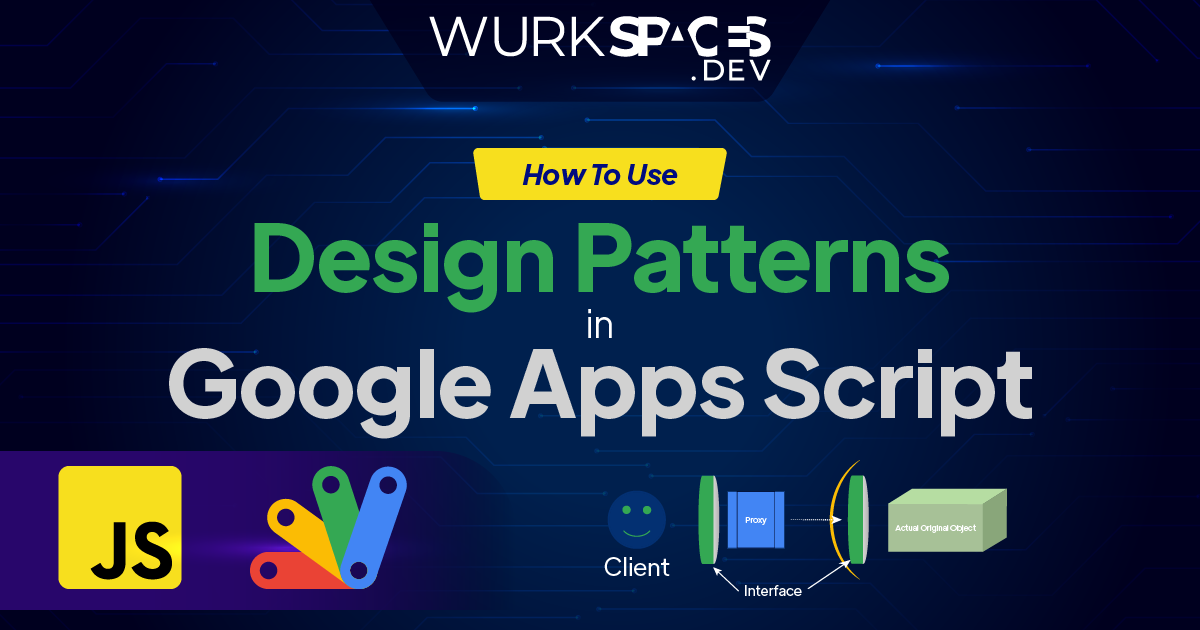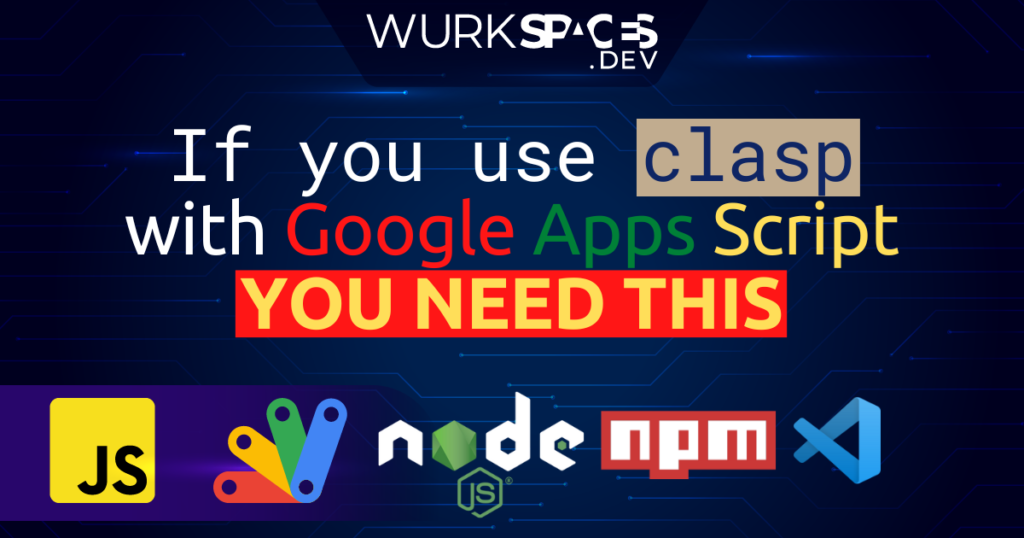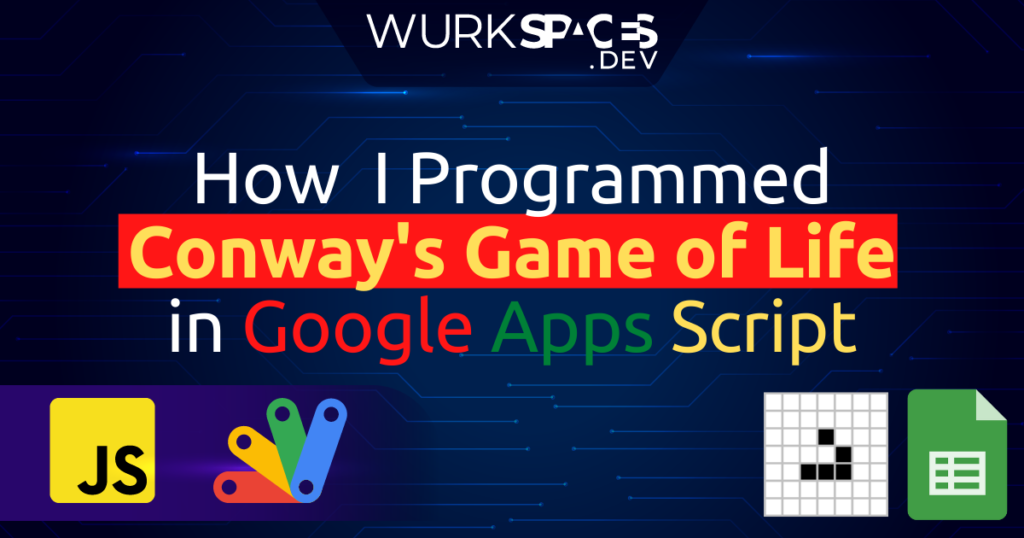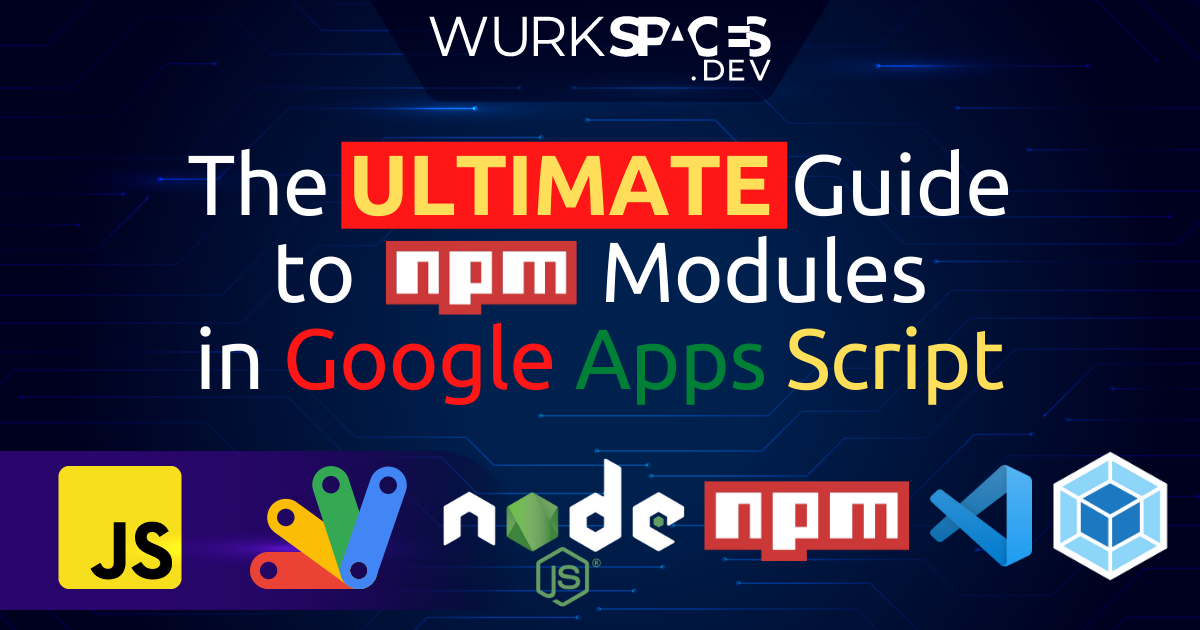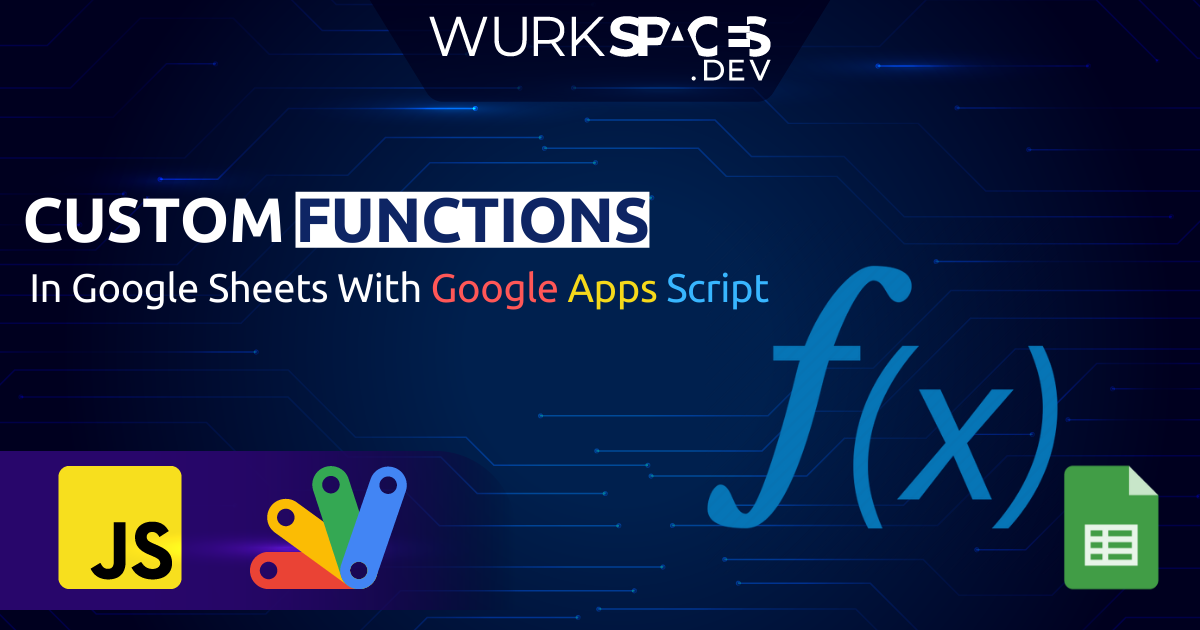Google Apps Script is a JavaScript-based language that has access to Google Workspace-specific libraries for Gmail, Google Sheets, Google Forms, Google Drive, etc., and allows you to quickly and efficiently automate your tasks and program business applications.
A lot of users try and quickly learn GAS and use it to make their lives easier. It’s all great, however the code we sometimes tend to come across on StackOverflow and other sites lacks best practices, hence I thought it was time to start bringing them up and I will start today with design patterns.
I’m all for copy/paste coding and it one of the things I love about the Google Apps Script developer community, there are lots of great snippets out there and in Pulse we’ve now over 800 posts and counting. When you start going beyond quick script solutions into more complex projects investing time planning how you’ll structure your code can save you headaches and frustrations further down the line.
Using design patterns are one way to produce better code that is more readable which in turn is more maintainable and can lead to faster development. This post from Dmitry Kostyuk a nice opportunity to learn about a design pattern for a very common use case of maintaining data in a Google Sheet from a third party API.
Source: Using Design Patterns in Google Apps Script

Member of Google Developers Experts Program for Google Workspace (Google Apps Script) and interested in supporting Google Workspace Devs.
